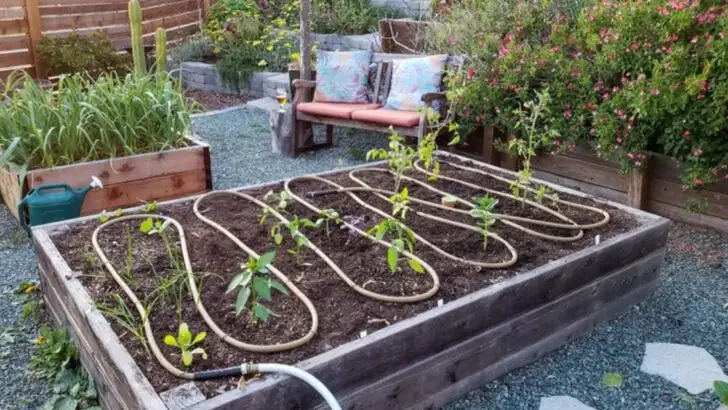When a crisis hits—whether it’s economic, environmental, or unexpected—your garden can become one of your most valuable assets. But not all gardens are created with resilience in mind. If you’re serious about turning your backyard into a true lifeline, it might be time to rethink your layout, systems, and priorities. Small improvements now can make a major difference when you actually need your garden to feed you, support your family, or even generate income.
Most people focus on planting more crops or buying better tools. But the smartest gardeners focus on long-term function, not just seasonal growth. That means capturing water efficiently, building soil that doesn’t degrade, and setting up systems that work with minimal inputs. These upgrades often get overlooked—until a moment of scarcity makes their value impossible to ignore.
In this article, we’ll cover 18 practical, often inexpensive upgrades that turn an average garden into a crisis-ready powerhouse. These aren’t trendy features or aesthetic extras—they’re time-tested additions that pay for themselves in productivity, resilience, and peace of mind. If you’re looking to future-proof your food supply, this is where to start.
Rainwater Harvesting System
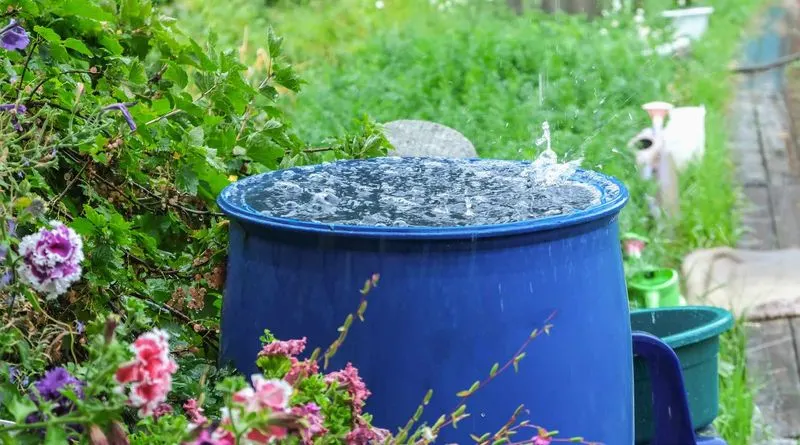
Imagine turning rainfall into a resource. A rainwater harvesting system captures and stores rainwater for use during dry spells. These systems can be as simple as a barrel or as complex as a full irrigation setup. With water scarcity becoming a global issue, having an independent water supply for your garden is invaluable. Plus, it reduces your water bill! Make sure your setup is covered to prevent mosquito breeding and consider a filter for cleaner water. This upgrade not only conserves water but also ensures your plants never go thirsty.
Compost Bin
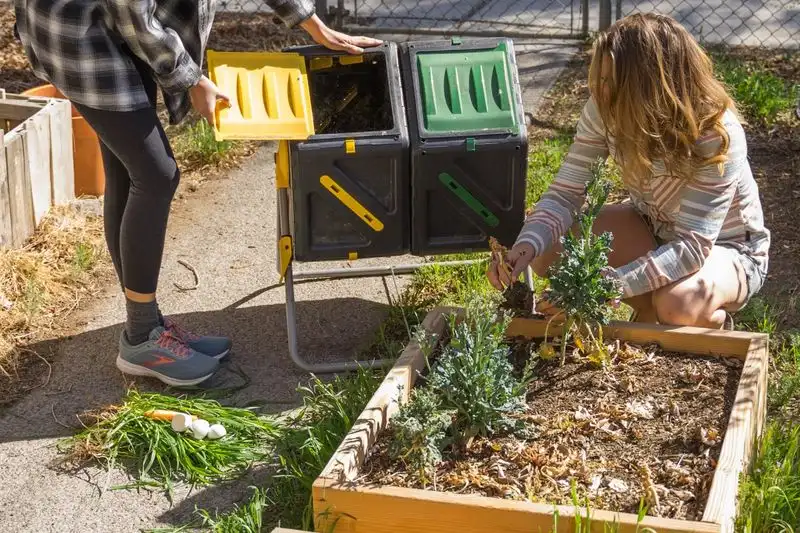
Turning kitchen scraps into garden gold is easier than you think. A compost bin transforms organic waste into nutrient-rich soil, perfect for enhancing plant growth. By recycling food waste, you reduce landfill contributions and cut down on gardening expenses. Composting is an ongoing process that requires minimal effort once started. Just remember to balance greens and browns for optimal decomposition. Not only does it nourish plants, but it also promotes environmental sustainability. This eco-friendly upgrade enriches your soil while supporting a healthier ecosystem.
Raised Garden Beds
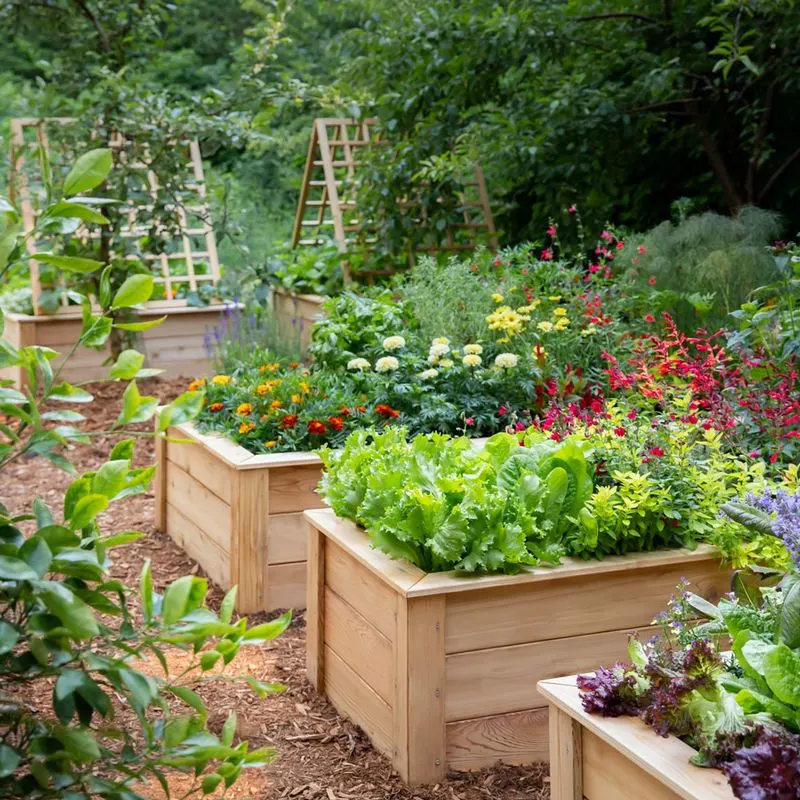
Elevating your plants can transform the way you garden. Raised garden beds offer better drainage and soil conditions, making them ideal for vegetables and herbs. They warm up faster in spring, extending the growing season and allowing for earlier planting. Construction can be simple, using available materials like wood or bricks. Besides being functional, they add structure and visual appeal to your garden layout. Raised beds reduce strain on your back and make gardening more accessible. This practical upgrade enhances productivity and aesthetic appeal.
Pollinator Garden
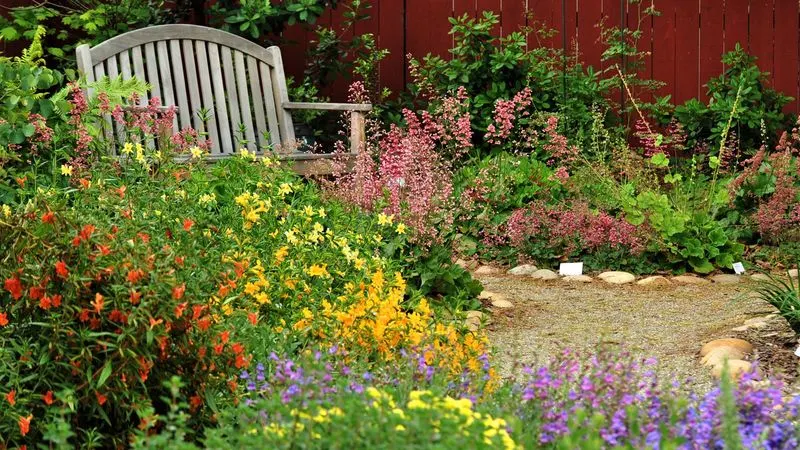
Creating a haven for pollinators not only aids biodiversity but also boosts your garden’s productivity. These gardens, rich with native flowers, attract bees, butterflies, and other beneficial insects. A variety of blooms ensures continuous pollination and increases fruit and vegetable yields. Choose plants that flower at different times for year-round support. This upgrade is not only beneficial but can also be visually stunning, with colors and scents that delight the senses. Supporting pollinators strengthens the ecosystem, making your garden more resilient.
Vertical Garden
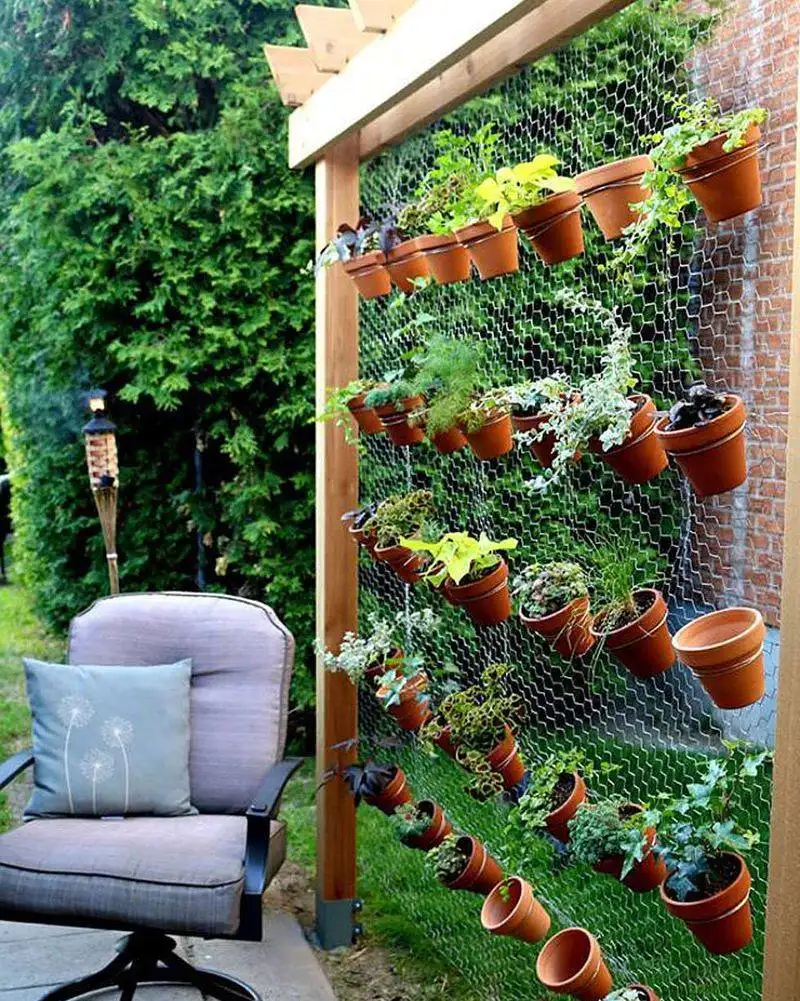
Perfect for small spaces, vertical gardens maximize growing area without sacrificing square footage. Installing a vertical garden can be as simple as using hanging pots or as elaborate as a living wall system. They add greenery to walls and fences, bringing nature into urban environments. Vertical gardens are visually striking and can improve air quality. Great for herbs, strawberries, or even leafy greens, they provide fresh produce at arm’s reach. This space-efficient upgrade is ideal for those with limited room but big gardening ambitions.
Perennial Vegetables
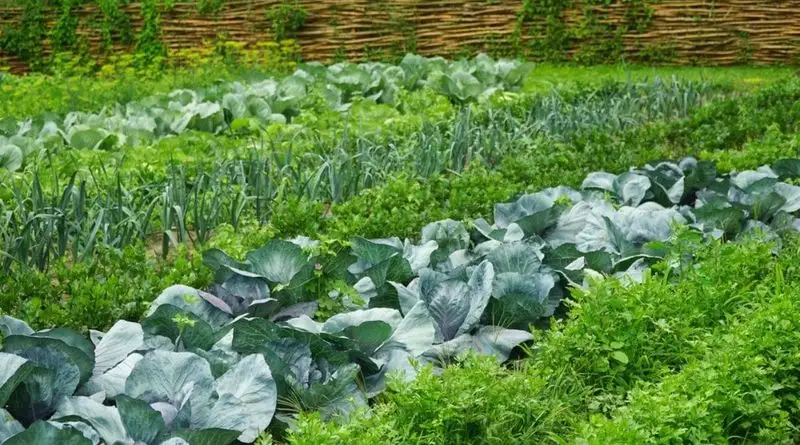
Imagine a garden that reaps rewards year after year with minimal effort. Perennial vegetables, such as asparagus and rhubarb, grow back every season, reducing the need for replanting. These plants establish strong root systems, making them more drought-resistant and reliable. They offer consistent harvests with less maintenance. Incorporating perennials reduces planting time and provides a stable food source. As they mature, yields improve, offering more for the table. This perennial upgrade ensures a continuous and dependable food supply.
Fruit Trees
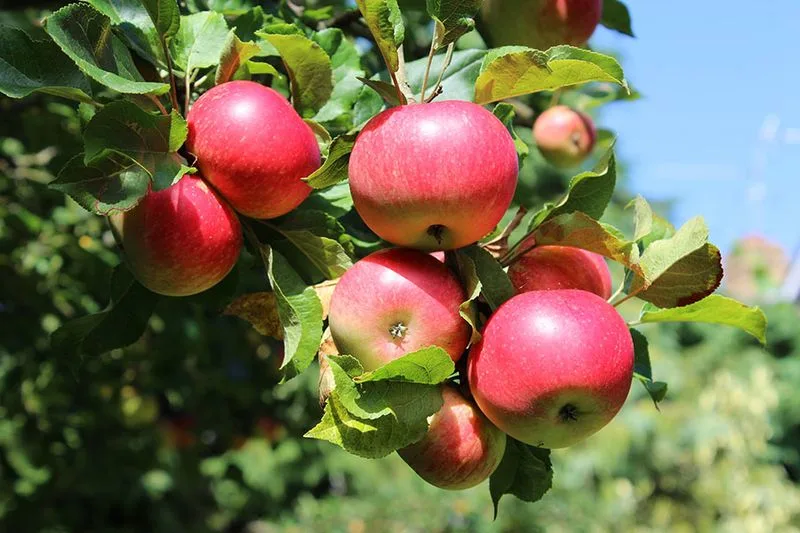
A backyard orchard can be a rewarding investment. Fruit trees, once established, offer bountiful harvests with little input. Apples, pears, and cherries are popular choices for their versatility and delicious fruit. These trees can be planted in various climatic conditions, providing shade and habitat for wildlife. Proper selection and placement ensure successful growth and fruiting. Fruit trees contribute to biodiversity and give you fresh, homegrown produce. Over time, they become a cornerstone of your garden, offering sustenance and beauty.
Herb Spiral
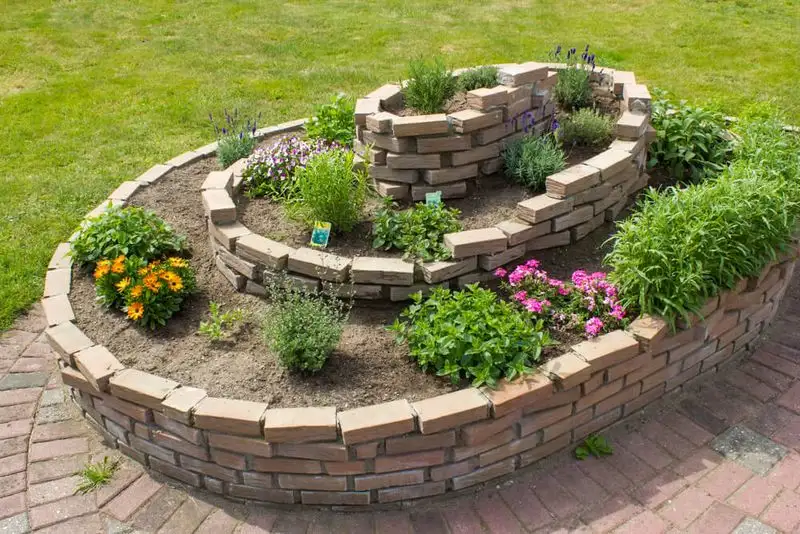
Compact and efficient, an herb spiral adds dimension and utility to your garden. These spirals are designed to create microclimates, with herbs needing more sun and drainage at the top, and moisture-loving ones lower down. This design conserves space while maximizing growing conditions for a variety of herbs. Constructed from stone or brick, they are both functional and decorative. Herb spirals are perfect for culinary herbs, turning your garden into a chef’s paradise. This creative upgrade brings convenience and flavor right to your backyard.
Greenhouse
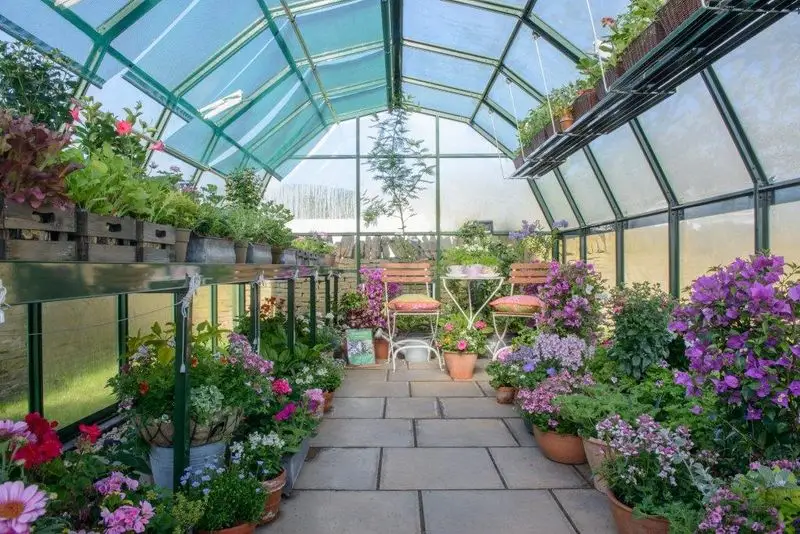
Extend your growing season with the protective environment of a greenhouse. These structures allow for climate control, making it possible to grow plants year-round. Greenhouses shelter from harsh weather and pests, creating an ideal space for sensitive plants. They can be tailored to fit any size garden, from small kits to larger custom builds. Growing under glass boosts productivity and protects investments. This all-weather upgrade ensures a steady supply of fresh produce, regardless of external conditions.
Aquaponics System
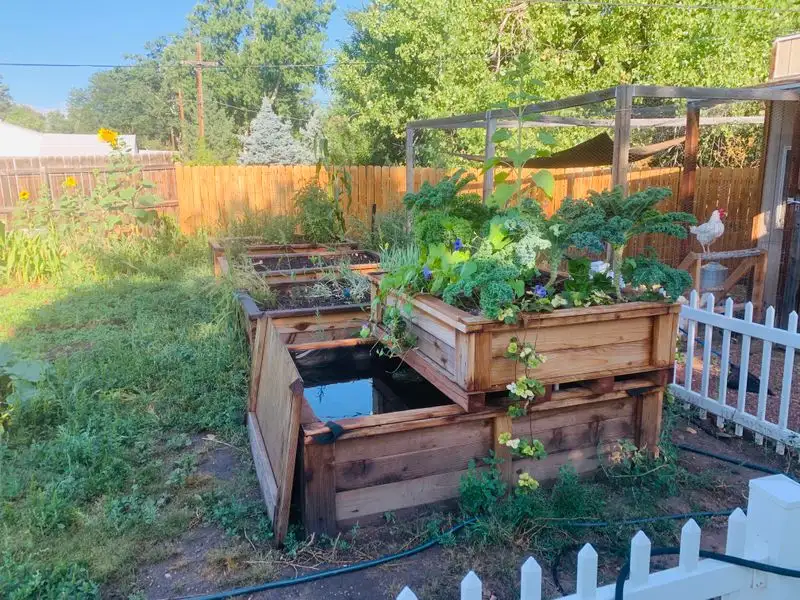
Merge aquaculture and hydroponics for a sustainable gardening solution. An aquaponics system uses fish waste to nourish plants while plants clean the water for fish. This symbiotic relationship reduces waste and maximizes productivity. Suitable for vegetables and leafy greens, it offers fresh fish and produce. Aquaponics requires an upfront investment but pays off with efficient resource use and year-round yields. Tailor systems to any scale, adapting to available space. This innovative upgrade turns your garden into a productive ecosystem.
Drip Irrigation
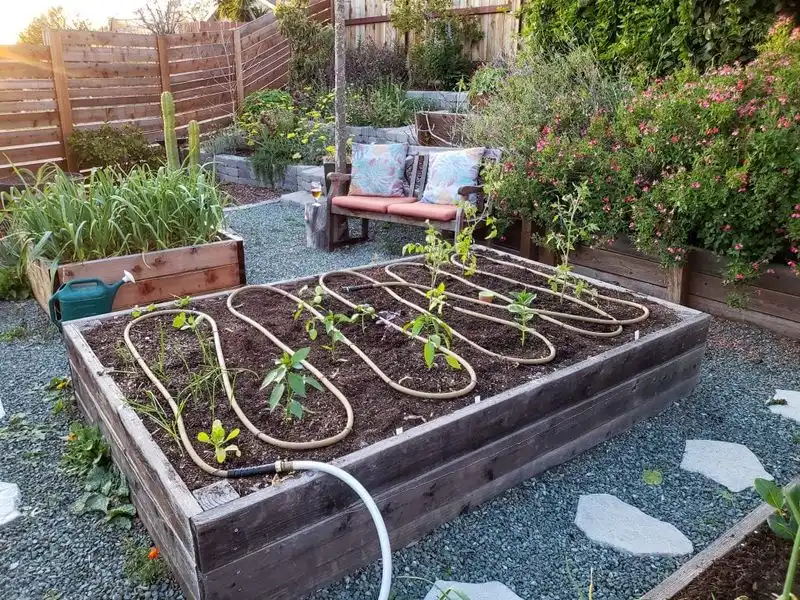
Watering efficiency is key to a thriving garden. Drip irrigation delivers moisture directly to the plant roots, minimizing evaporation and runoff. This system can be automated, reducing labor and ensuring consistent watering. Customizable to any garden size, it conserves water and supports healthy plant growth. Drip irrigation is especially beneficial in arid climates where water conservation is critical. Easy to install and maintain, it provides plants with the precise amount of water needed. This efficient upgrade saves time and resources.
Cold Frames
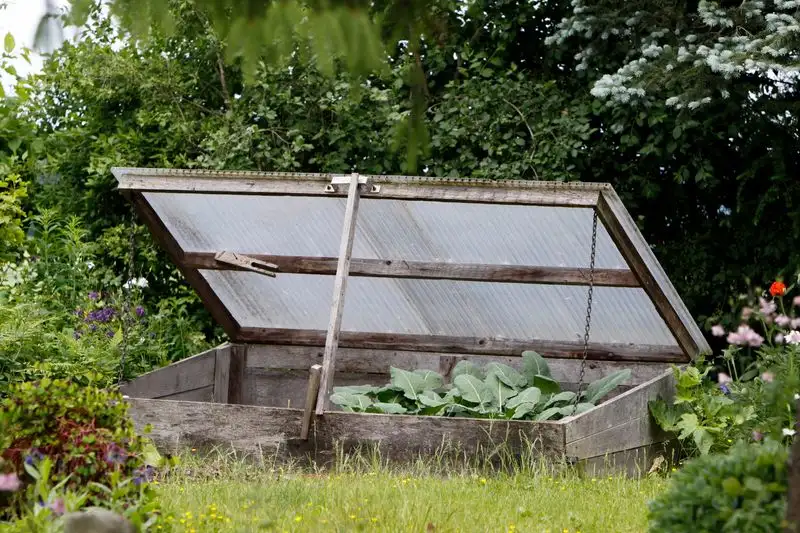
Extend your planting capabilities with cold frames. These simple structures create a microclimate that protects seedlings from frost, enabling earlier planting and late-season harvesting. Cold frames capture heat from the sun, maintaining a stable temperature inside. They are perfect for hardening off seedlings and growing cool-season crops. Easy to construct with salvaged materials, they offer a low-cost solution to extend your growing season. They need minimal maintenance and can be moved as needed. This early-bird upgrade kicks off your planting season sooner.
Chicken Coop
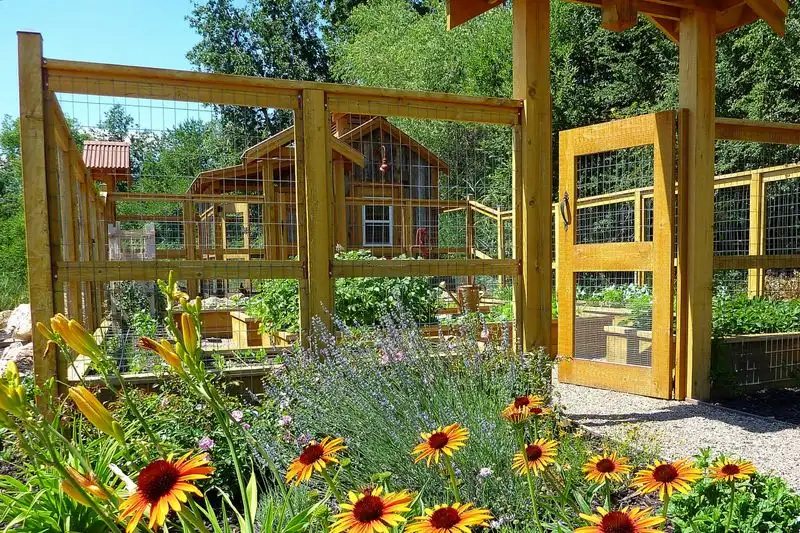
Chickens bring life and productivity to any garden. A well-constructed coop provides fresh eggs and natural pest control. Chickens eat insects and produce manure, which can be composted into rich fertilizer. Coops come in various designs, fitting any garden size. They offer a sustainable source of protein and keep soil fertile. Ensure chickens have enough space and protection from predators. This lively upgrade adds character and a practical food source to your garden. With daily fresh eggs, chickens are a gardener’s best friend.
Solar Garden Lights
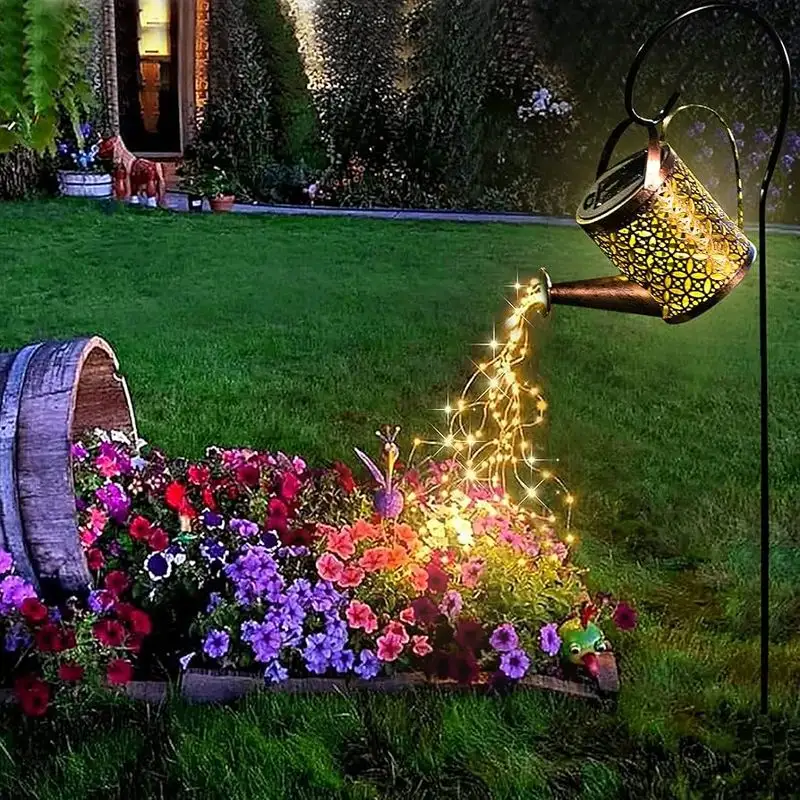
Brighten your outdoor space with solar garden lights. These eco-friendly lights capture sunlight during the day and illuminate your garden at night. They enhance safety by lighting pathways and add a charming ambiance without increasing your electricity bill. Solar lights come in various styles, complementing any garden design. Place them strategically for optimal lighting and to highlight features like statues or water elements. They are easy to install and maintain, making them a hassle-free upgrade. Harnessing solar power, they are both practical and decorative.
Native Plant Landscaping
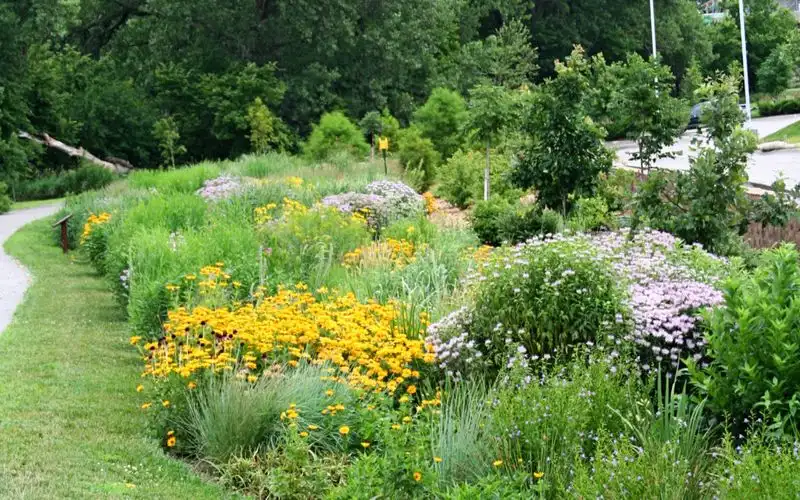
Embrace the local flora with native plant landscaping. These plants are adapted to the local climate and soil, requiring less maintenance and water. Native plants attract local wildlife, supporting biodiversity and creating a balanced ecosystem. They add natural beauty and interest with less effort. Designing with native plants reduces the need for fertilizers and pesticides, contributing to a sustainable garden environment. This thoughtful upgrade fosters a connection with nature and promotes ecological balance.
Garden Pond
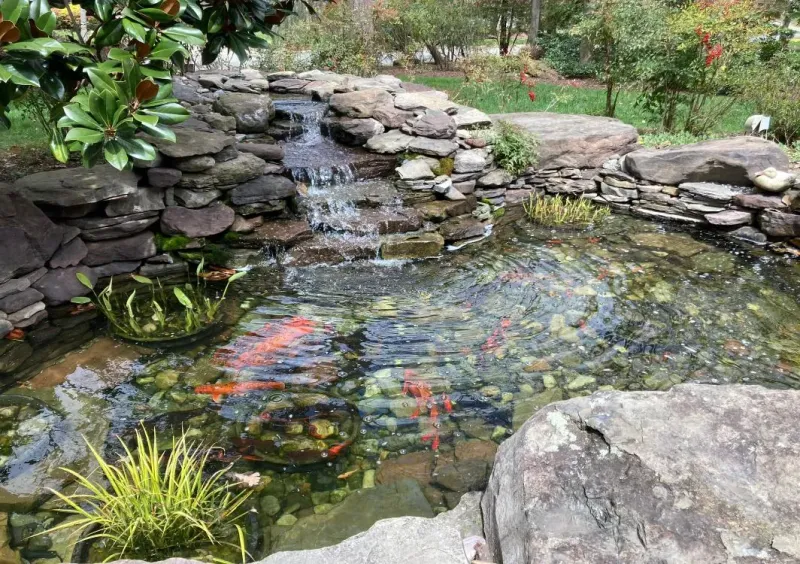
Introduce serenity to your garden with a pond. A garden pond provides a habitat for aquatic life and attracts birds and frogs, creating a dynamic ecosystem. The sound of water adds relaxation and enhances outdoor enjoyment. Ponds can vary in size, fitting any garden layout. They require some maintenance but offer a focal point that’s worth the effort. Adding water plants keeps the water clear and supports pond health. This peaceful upgrade transforms your garden into a haven of tranquility and biodiversity.
Beehives
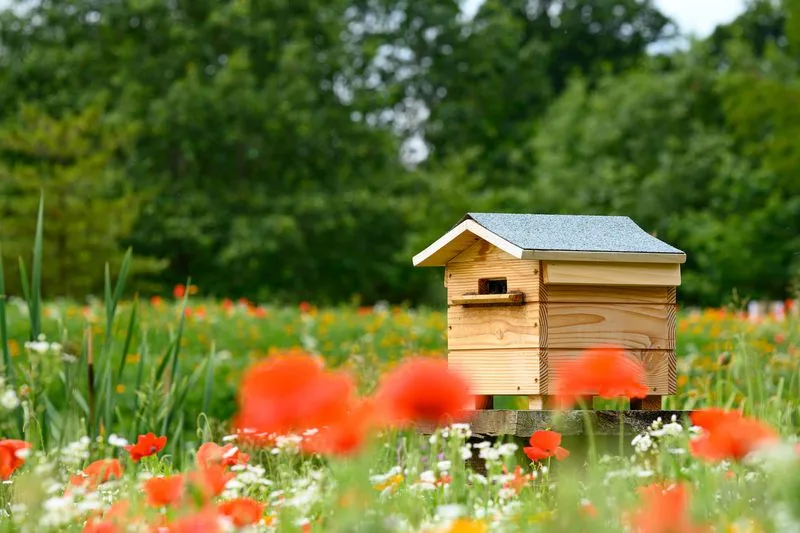
Foster pollination and biodiversity by introducing beehives. Bees are crucial for pollinating fruit and vegetables, boosting garden yields. Beekeeping provides honey and beeswax, adding to your garden’s productivity. Hives require some care and space but offer environmental benefits and sweet rewards. Ensure your garden has plenty of flowers for bees to thrive. This buzzworthy upgrade supports local bee populations and enriches your garden’s ecosystem. With proper management, beehives become a valuable asset to any garden.
Mulching
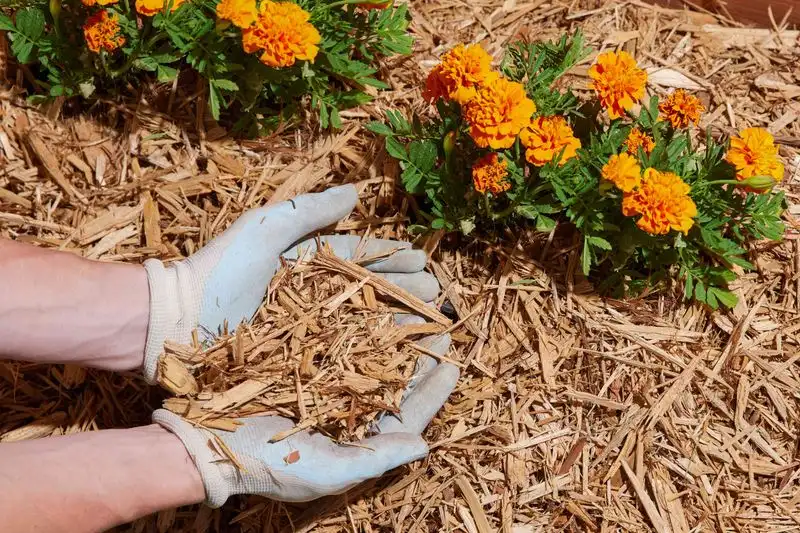
Preserve soil moisture and suppress weeds with mulch. By covering soil with organic or inorganic materials, mulch regulates temperature and prevents erosion. It breaks down over time, enriching soil with nutrients. Mulching reduces the need for watering and weeding, saving time and effort. Choose materials like straw, wood chips, or leaves to suit your garden’s needs. This protective upgrade keeps plants healthy and reduces maintenance. With less work and more benefits, mulching is an essential gardening practice.

